
Zur Übersicht für GS1 Standards
-
Identifikation
- Unternehmen (GLN)
- Produkte (GTIN, SGTIN)
- Versandeinheiten (SSCC/NVE)
- Gegenstände (GIAI)
- Wiederverwendbare Transportverpackungen (GRAI)
- Gutscheine (GCN)
-
Klassifikation
- Produktklassifikation (GPC)
- Warenklassifikation (SWK)
-
Barcodes / RFID
- EAN Barcode
- Zukunft 2D-Code
- GS1-128
- GS1 DataBar
- GS1 DataMatrix
- EPC / RFID
- GS1 Datenbezeichner
-
Datenaustausch
- EANCOM
- WebEDI
- GS1 XML
- GS1 SmartSearch
- EPCIS
- GS1 Digital Link
-
Umsetzung
- Fachpublikationen
- GS1 Germany Solution Partner
-
Consulting
- Standards
-
Weiterentwicklung
- Gremienprojekte
- Forschungsprojekte
Branchen
- Fashion, Schuhe, Sport
-
Gesundheitswesen
- Medizinprodukte (UDI)
- Gesundheitseinrichtungen
- Arzneimittel
- COVID-19 Supply Chain
-
Technischen Industrien
- Bahnsektor
- Verfahrenstechnik
- Maschinenbau
- Bundeswehr
- FMCG
- Obst- und Gemüse
- Fleisch
- Foodservice





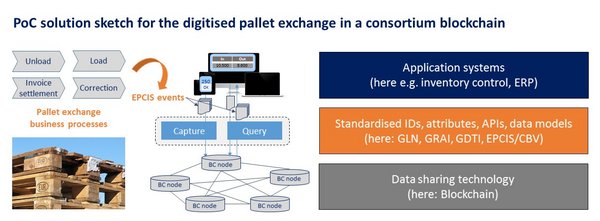
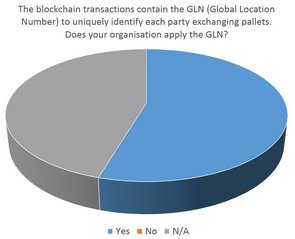
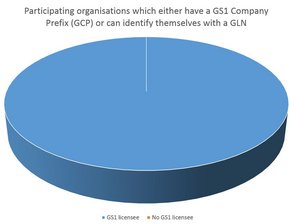
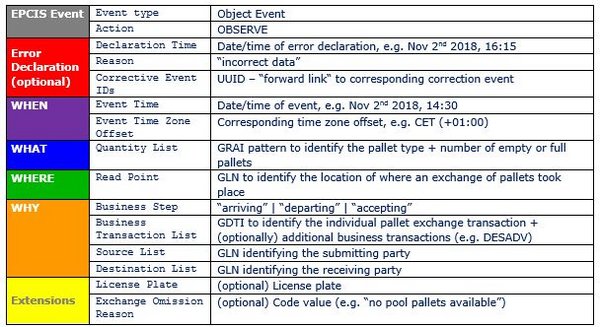

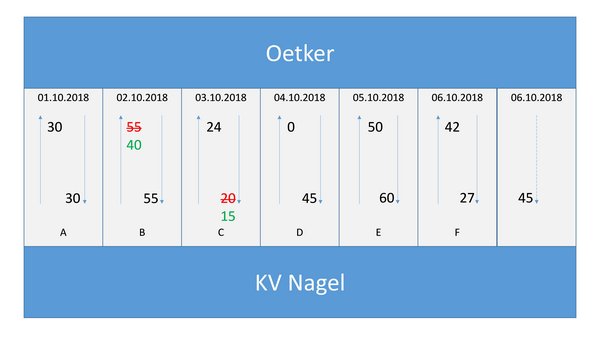


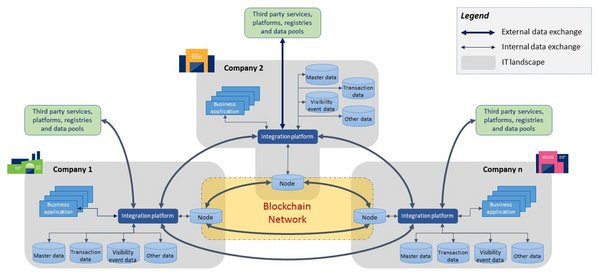
Hi
I hope you are well!
I came across below article on blockchain technology used in pallet transaction cases and found it highly interesting and useful to us at Stora Enso. We are currently analyzing how to setup the transactions of our newly developed Biocomposite pallets and was wondering if you would have some time to discuss this with me over a short phone / teams call? I am eager to find out how you have applied the technology in various settings and systems and if we could collaborate and find a solution for Stora Enso as well.
Let me know what time would suit you or if I should contact someone else at your organization ????
https://www.gs1-germany.de/fileadmin/gs1/basis_informationen/putting_blockchain_to_the_test.pdf
Regards,
Renato Cosic
Business Development Manager
Circular Products and Services
Stora Enso
Packaging Solutions
Renato.cosic@storaenso.com
Phone: +46 (0) 73 508 7153